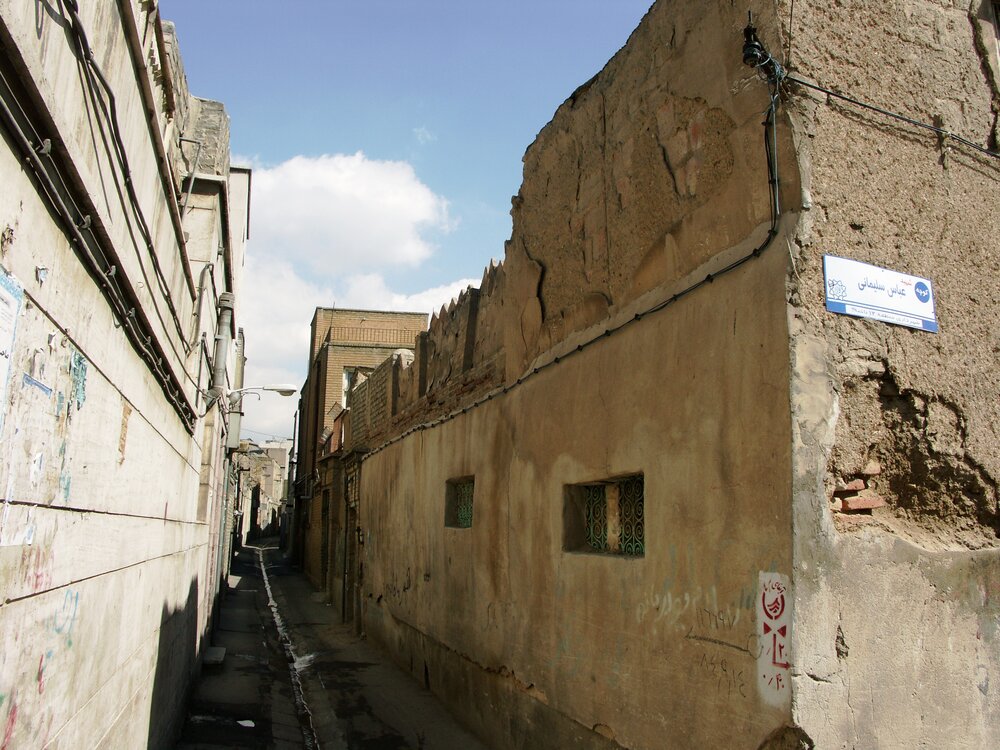Urban planning challenges: rehabilitation of rundown areas

TEHRAN — Rundown areas in the Iranian capital, Tehran, are in a poor condition and rehabilitation of the neighborhoods, which are in a neglected state, is painfully slow.
The metropolis of Tehran is facing various challenges namely air pollution, traffic congestion, unplanned and unsustainable growth of urban sprawl, and possibly worst of all rundown areas.
According to a report published by Fars news agency on Saturday, rundown areas in Tehran are converging some 3,268 hectares. Sadly, only 13 percent of the areas are rehabilitated over the past three years.
While according to a national plan drafted in the year 1396 (March 2017-March 2018) rundown areas were supposed to be renovated within 5 years no practical measure has been taken so far, and the conditions are even worsening in some neighborhoods.
Some 5 percent of Tehran land area is located in rundown areas. Most rundown areas are situated in districts 7, 10, 11, 12, 14, and 17 of Tehran and the district 22, in northwestern Tehran, has the smallest number of dilapidated buildings.
Population of the capital stands at about 9 million and some 15 percent of the fairly large population are residing the rundown areas.
Structurally unsound buildings would be worst hit in the event of an earthquake or flooding, hence the number of causalities will most definitely increase compared to other neighborhoods. As a building ages, the structure can become weaker. Unstable buildings are dangerous and could collapse during stormy or severe weather conditions.
While the municipality seems to be in charge of rehabilitation of rundown buildings the government should gain the upper hand and make serious attempts to rebuild the ramshackle houses and buildings with allotting generous budget.
Urban decay
Urban decay (also known as urban rot and urban blight) is the sociological process by which a previously functioning city, or part of a city, falls into disrepair and decrepitude. It may feature deindustrialization, depopulation or deurbanization, economic restructuring, abandoned buildings and infrastructure, high local unemployment, fragmented families, political disenfranchisement, crime, and a desolate cityscape, known as greyfield or urban prairie.
Government’s initiatives to tackle urban decay
One of the main reasons for urban decay and increase in the number of rundown buildings and hence rundown areas is house price inflation. The population is growing and economic conditions are worsening, land and house are greatly in demand and prices rise rapidly. Seeing this, house owners hold on to their property as an investment for the future, waiting for its price to rise still further before they sell or rent to make more profit. This action slows down the rehabilitation process as many won’t budge to either rehabilitate their houses or even sell it, due to the unstable economic conditions.
Exploring new solutions to tackle urban decay such as figuring out rehabilitation strategy study aiming to take a holistic approach as well as develop a strategy for different categories of buildings can help speeding the process of urban renewal.
Such a study can review the statutory and regulatory measures on preventive maintenance, propose measures to assist owners to cope with the difficulties for carrying out the rehabilitation works, review other countries and cities’ experience on their policy, strategy and regulatory framework on building maintenance, propose best practices for preventive maintenance and review the role of different stakeholders for the long term strategies for building rehabilitation
Unfortunately implementation of some of the urban renewal programs have not adequately resolved the serious problem of ageing buildings in the capital so far. Maybe that’s due to the fact that existing legislation has not been effectively attracting private sector's participation in regeneration of urban spaces.
Moreover in addition to making attempts to facilitate private sector's participation the government should consider complementary measures, such as relaxation of criteria such as the building age, plot ratio and height limitation and tax exemption for a more effective and efficient process, particularly in less attractive sites and neighborhoods.
MQ/MG
Leave a Comment